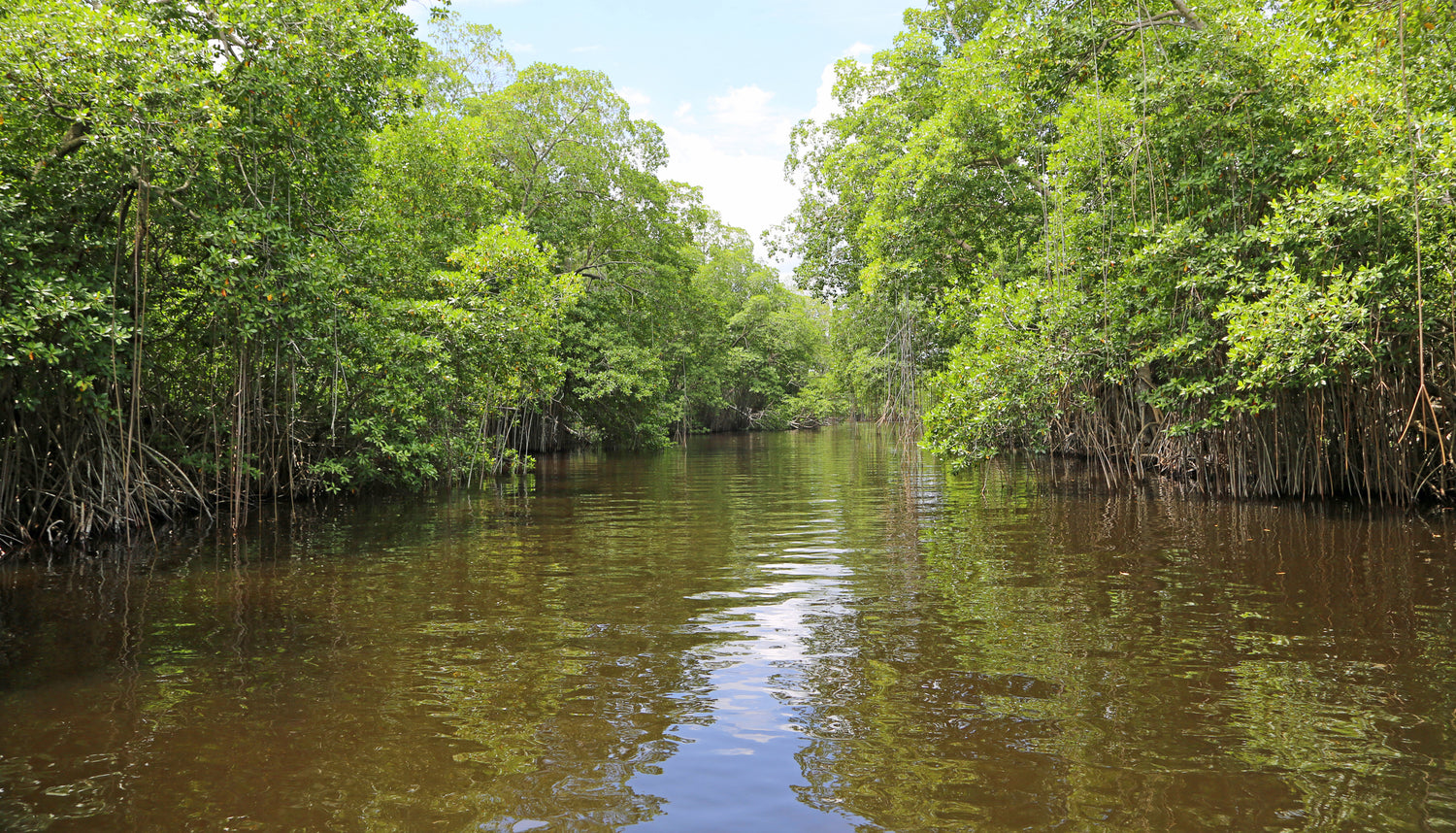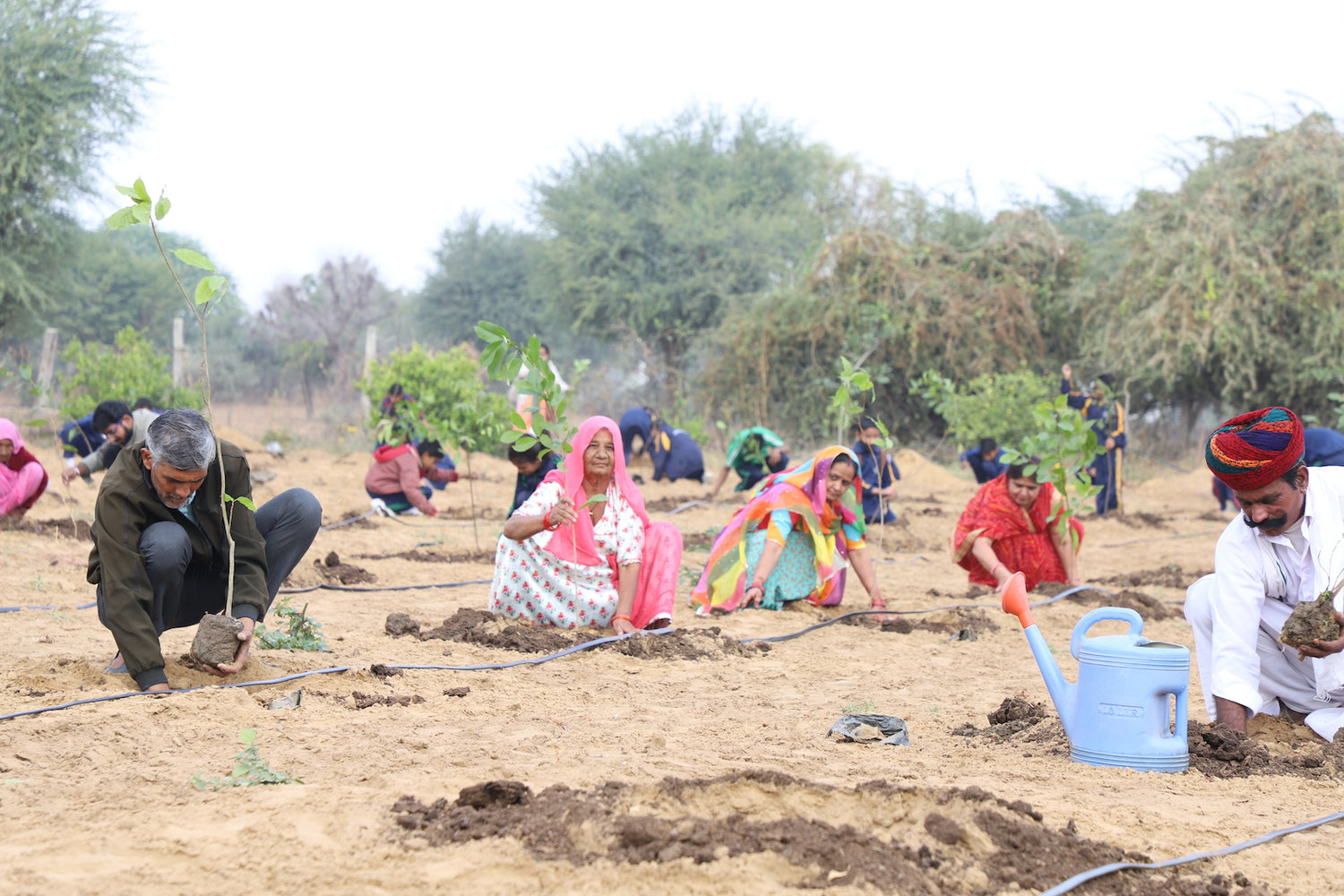Mangroves in Kerala: Guardians of Vembanad Lake and Coastal Ecosystems
Mangroves in Kerala, particularly around Vembanad Lake and its coastal ecosystems, are vital guardians of biodiversity, climate resilience, and liveli Read more
Connect with us
-
👥 Corporates
If you are looking for:
- 🌲 Tree Plantation Events
- 📊 CSR Projects
📧 corporate@growbilliontrees.com
📞 +91 9699723523
💬 +91 9325931304 WhatsApp (Only)
🕒 Mon - Sat | 10am - 7pm IST
-
🧩 Tree Plantation NGOs
If you are looking for:
- 💰 Financial Assistance
- 🤝 Operational Support
📧 support@growbilliontrees.com
📞 +91 9699723523
💬 +91 9325931304 WhatsApp (Only)
🕒 Mon - Sat | 10am - 7pm IST
-
🌼 Individuals
If you are looking for:
- 👥 Group Tree Plantation Drive
- 🌳 Bulk Tree Plantation
📞 +91 9699723523
💬 +91 9325931304 WhatsApp (Only)
🕒 Mon - Sat | 10am - 7pm IST
Trending
Trees for Corporates
Mangroves in Kerala: Guardians of Vembanad Lake and Coastal Ecosystems
Mangroves in Kerala, particularly around Vembanad Lake and its coastal ecosystems, are vital guardians of biodiversity, climate resilience, and livelihoods.
As natural buffers between land and sea, they protect Kerala’s unique geography from erosion, storms, and rising sea levels. These mangroves, though not as extensive as in other states, are critical to maintaining Kerala’s ecological balance.
Kerala’s mangroves have a rich history tied to the livelihoods of coastal communities. Ancient texts and local traditions reveal the importance of mangroves in supporting fishing, boat-building, and traditional medicine.
The Vembanad Lake mangroves, in particular, have been a lifeline for communities engaged in prawn farming and clam collection for centuries.
However, rapid urbanization and agricultural expansion in the 20th century led to the large-scale destruction of these vital ecosystems.
Mangroves in Kerala are invaluable for their ability to sequester carbon, protect against floods, and support marine and terrestrial biodiversity. Scientific studies show that Kerala’s mangroves store significant amounts of carbon, mitigating climate change.
They also serve as nurseries for fish and crabs, directly sustaining the state’s thriving fisheries. Furthermore, their dense root systems prevent soil erosion and maintain water quality in fragile ecosystems like Vembanad Lake.
- Biodiversity Hotspot: Kerala’s mangroves are home to otters, mudskippers, and over 200 species of birds, including herons and kingfishers.
- Cyclone Defenders: Though Kerala rarely faces severe cyclones, its mangroves offer a robust defense against storm surges and tidal waves.
- Natural Water Filters: Mangroves filter pollutants and sediments, improving the health of water bodies like Vembanad Lake.
- Tourist Appeal: Mangrove forests near Alappuzha and Kumarakom attract eco-tourists, offering boat rides through lush greenery.
Kerala’s mangroves face severe threats from urbanization, aquaculture, and tourism development. Conversion of mangrove land for agriculture and shrimp farming has led to habitat loss.
Pollution from industries and household waste further degrades these ecosystems. Rising sea levels and salinity intrusion due to climate change exacerbate these challenges.
Grow Billion Trees plays a pivotal role in conserving and restoring Kerala’s mangroves, particularly around Vembanad Lake. With community involvement, technological innovation, and targeted strategies, the organization ensures these vital ecosystems are preserved and expanded.
Collaborations:
- Partnering with Kerala Forest Department and local NGOs to implement mangrove restoration projects.
- Working with academic institutions to study the role of mangroves in biodiversity and water quality.
Execution Strategies:
- Establishing nurseries for native mangrove species like Avicennia officinalis and Rhizophora mucronata.
- Conducting large-scale plantation drives in degraded areas with active community participation.
- Using GIS mapping and drones to monitor mangrove health and track reforestation progress.
Awareness and Advocacy:
- Conducting workshops for fishing communities and schools to emphasize mangrove conservation’s importance.
- Promoting sustainable tourism practices to balance economic benefits with ecological preservation.
- Highlighting mangrove conservation stories through social media campaigns and educational materials.
Restoration of Vembanad Mangroves: Grow Billion Trees has planted over 50,000 mangrove saplings in degraded areas along Vembanad Lake, improving biodiversity and water quality.
Community-Led Conservation: Fisherfolk and women’s self-help groups in Kerala have partnered with Grow Billion Trees to cultivate mangrove nurseries, creating both environmental and economic benefits.
Sustainable Tourism Models: Eco-tourism operators in Kerala are collaborating with Grow Billion Trees to promote mangrove conservation through guided tours and awareness programs.
By 2030, Kerala’s mangroves could become a model for coastal ecosystem conservation, supporting biodiversity, mitigating climate change, and strengthening the livelihoods of coastal communities.
With increased restoration efforts, these mangroves could provide even greater protection against natural disasters and environmental degradation.
Kerala’s mangroves, particularly those around Vembanad Lake, are not just ecosystems—they are lifelines for biodiversity, climate resilience, and local economies.
Protecting them is essential for Kerala’s environmental and social well-being. Grow Billion Trees is at the forefront of this effort, working to restore and preserve these natural guardians.
Through partnerships, community engagement, and innovative approaches, Kerala’s mangroves are being safeguarded for future generations.
Vembanad Lake Mangroves
These mangroves are the green crown jewels of Kerala, protecting its largest lake from erosion, improving water quality, and serving as a haven for fish, crabs, and otters.
Mangroves and Fisheries in Kerala
Acting as natural nurseries, Kerala’s mangroves nurture fish and prawns, boosting the state’s thriving seafood industry while keeping coastal communities fed and flourishing.
Mangroves as Carbon Sinks in Kerala
These forests aren’t just beautiful; they’re climate warriors, storing massive amounts of carbon and fighting global warming one root at a time.
Biodiversity in Kerala’s Mangroves
From mudskippers to kingfishers, these mangroves are buzzing with life, offering a front-row seat to Kerala’s vibrant biodiversity.
Cyclone Protection by Mangroves
Though Kerala rarely faces cyclones, its mangroves stand ready as silent guardians, absorbing storm surges and shielding the coast.
Mangroves and Eco-Tourism in Kerala
With serene boat rides and lush green landscapes, Kerala’s mangroves are becoming the go-to spot for eco-tourists seeking beauty and tranquility.
Threats to Kerala’s Mangroves
Urbanization, shrimp farming, and pollution are gnawing away at these vital ecosystems, making conservation efforts more urgent than ever.
Grow Billion Trees in Kerala
This initiative is revitalizing mangrove forests, engaging local communities, and using cutting-edge technology to protect Kerala’s coastal ecosystems.
Water Filtration by Mangroves
Kerala’s mangroves act as natural water purifiers, filtering pollutants and sediments, ensuring healthier water bodies for all.
Mangroves and Livelihoods in Kerala
Fishing and farming communities depend on mangroves for resources and sustainability, proving that green ecosystems are also economic lifelines.
Mangroves and Climate Change in Kerala
These forests stand tall against rising seas and increasing salinity, making them Kerala’s first responders to climate challenges.
Community Role in Mangrove Conservation
Kerala’s local communities are the true stewards of mangroves, partnering with Grow Billion Trees to restore and protect these invaluable ecosystems.
You may like
Corporate Plantations
FAQ
What are the mangroves around Vembanad Lake?
These lush green ecosystems protect Kerala’s largest lake, supporting biodiversity, fisheries, and coastal resilience. Grow Billion Trees is working to restore these critical mangroves for a healthier environment.
Why are Kerala’s mangroves important?
They prevent erosion, store carbon, and serve as nurseries for marine life. Grow Billion Trees promotes their conservation to safeguard Kerala’s coast and communities.
How do mangroves protect against natural disasters?
Mangroves absorb storm surges and reduce the impact of flooding. Grow Billion Trees strengthens this protection by restoring degraded mangrove areas.
What wildlife thrives in Kerala’s mangroves?
Mudskippers, kingfishers, otters, and more call these mangroves home. Grow Billion Trees works to ensure these habitats remain vibrant and biodiverse.
How do mangroves support Kerala’s fisheries?
Mangroves act as nurseries for fish and prawns, boosting coastal fisheries. Grow Billion Trees restores these ecosystems to sustain marine life and local livelihoods.
What are the threats to Kerala’s mangroves?
Urbanization, aquaculture, and pollution threaten these forests. Grow Billion Trees tackles these challenges with reforestation and awareness initiatives.
How does eco-tourism benefit Kerala’s mangroves?
Eco-tourism generates income for locals and raises awareness about conservation. Grow Billion Trees supports tourism models that balance exploration with preservation.
How do Kerala’s mangroves combat climate change?
These forests store carbon efficiently and protect against rising sea levels. Grow Billion Trees scales up plantations to amplify their climate benefits.
What is Grow Billion Trees doing for Kerala’s mangroves?
We plant native mangroves, engage communities, and monitor their health using technology, ensuring long-term protection for these ecosystems.
How do mangroves improve water quality?
They filter pollutants and sediments, keeping water bodies clean and supporting aquatic life. Grow Billion Trees highlights this natural filtration in its conservation efforts.
Why are Vembanad mangroves unique?
Their location near Kerala’s largest lake makes them vital for biodiversity and coastal protection. Grow Billion Trees actively restores these mangroves to maintain their uniqueness.
Can communities help conserve Kerala’s mangroves?
Absolutely! Local communities are essential to mangrove conservation. Grow Billion Trees empowers them with training and resources to lead restoration efforts sustainably.























